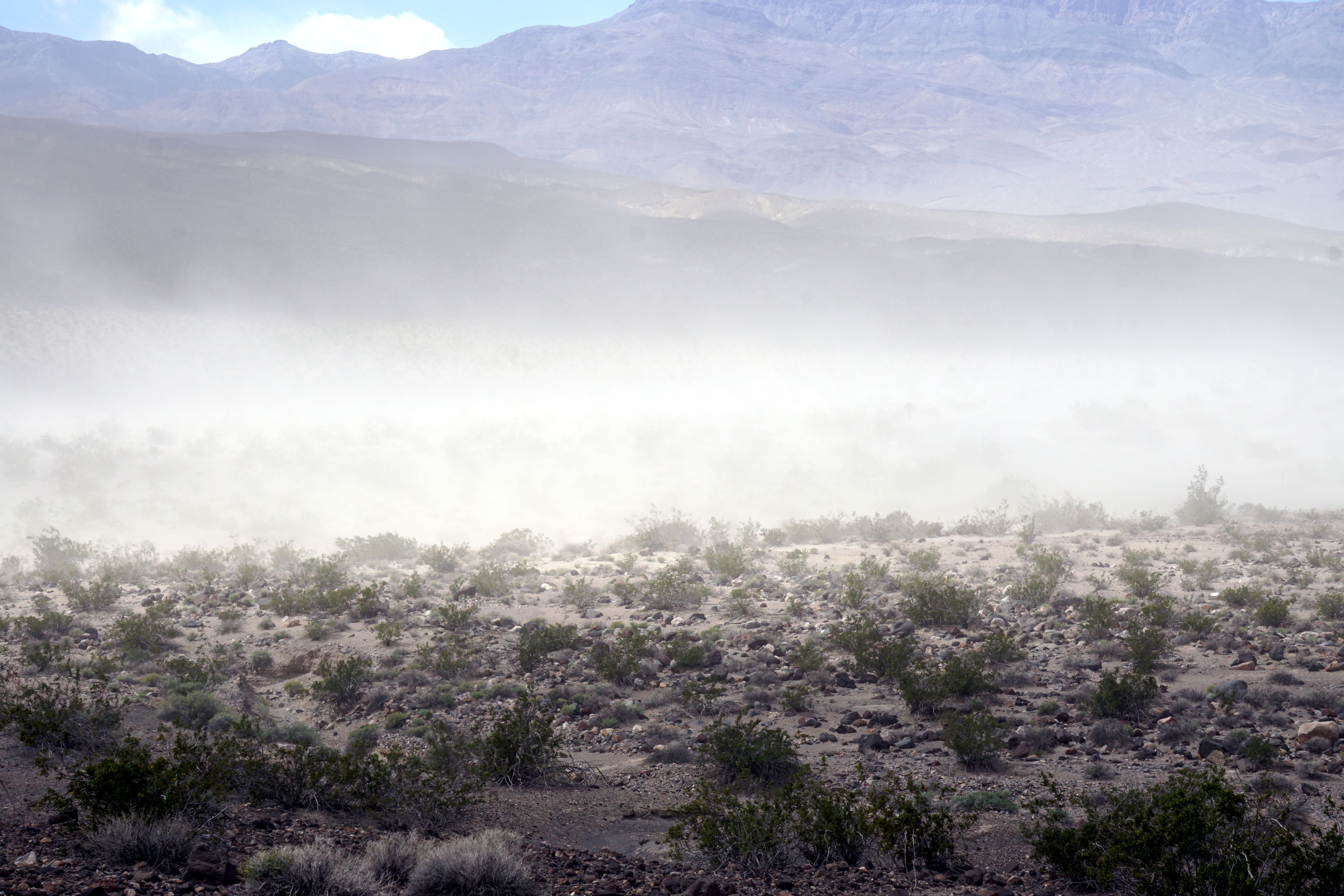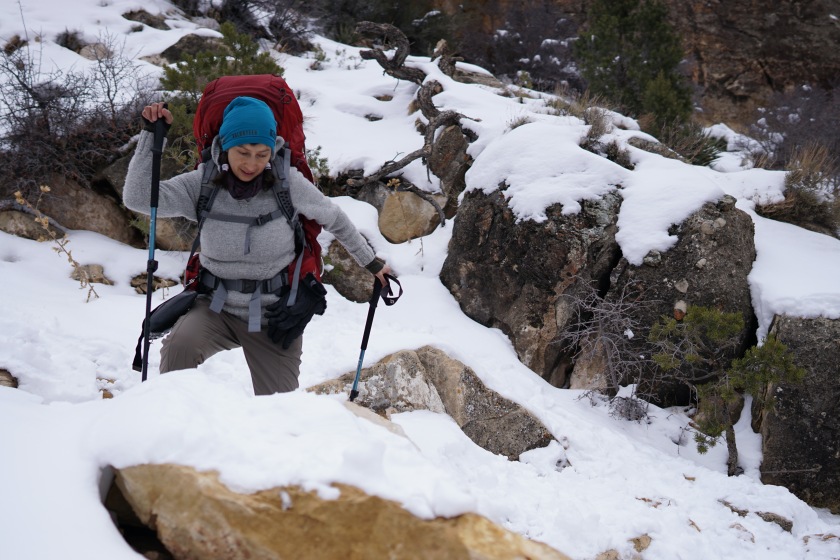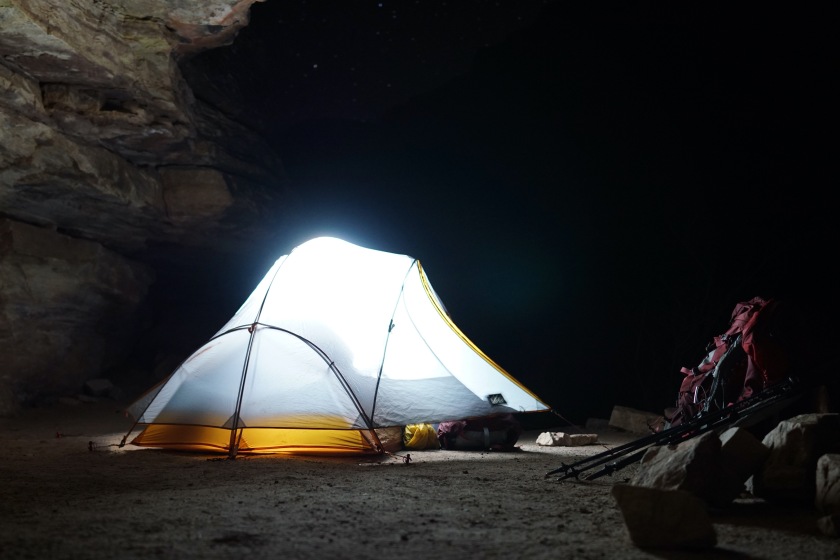From Alaska, to Portland, now ending my 3 year foray in Minneapolis/St. Paul, I’m moving to Boston, MA for a one year fellowship in cardiology clinical research. The apartment is in a semi-chaotic state and the moving truck is outside ready to load. I look forward to writing something more substantial once I get situated.
Minnehaha Falls
Shooting with the SEL24F14GM at a frozen waterfall
Last weekend, Cris and I went to Minnehaha Falls where I had the opportunity to spend some more time with my new lens. I’ve also just started shooting in RAW format and processing in Adobe Lightroom. It has made a huge difference (I think) in the quality of my photos.
When I was shopping around for a lens last month, I had a tough time deciding between the 24 mm prime versus the FE 16-35 F 2.8 wide angle lens. Ultimately, I think going with the former was the right choice… but tough to say for sure since I’ve never tried the other lens.
What I like about shooting with this lens is that it’s very fast with its large aperture, it has great sharpness even at the corners, and it is lightweight.
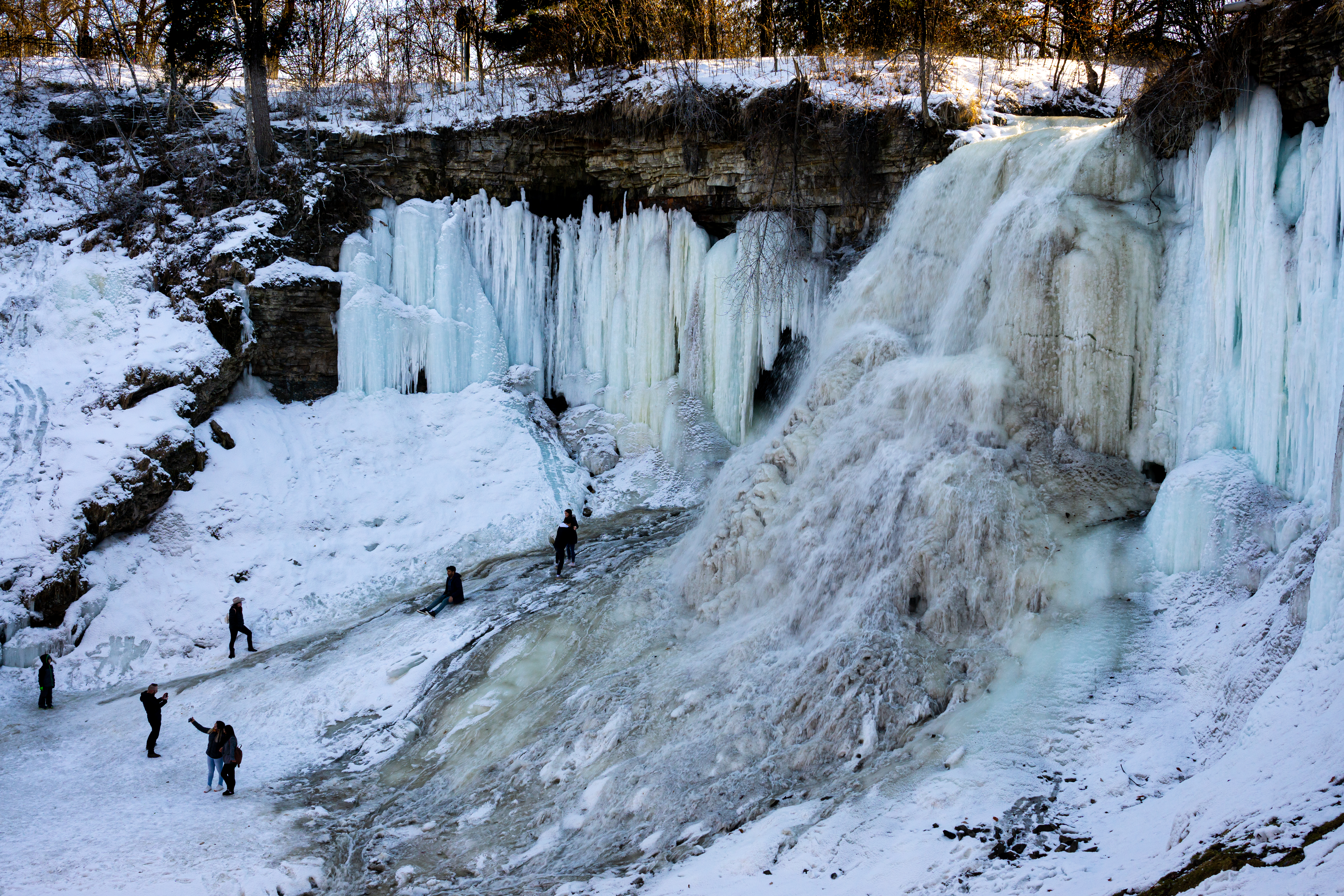







Shooting with Sony ICLE 6000, Lens Sony FE 24mm F1.4 GM Full Frame Wide-angle Prime Lens.
Making My Camera a Webcam
Converting my Sony Alpha 6000 to a webcam
Recently, I decided to upgrade my home office and converted my Sony a6000 (ILCE 6000) into a webcam.
There is quite a bit published online about this already, but here are some quick notes on what you need. My computer is a Macbook Pro, 13 inch, Early 2015.

You will need/want the following (with links to what I used):
- An HDMI capture device – https://amzn.to/3kbEFCA
- Power supply/Dummy battery – https://amzn.to/3pAsj82
- Micro HDMI to HDMI cable – https://amzn.to/3k3OVww
- Mount/arm for camera behind monitor – https://bhpho.to/2Zu4zaT
- Clamp for camera arm/mount – https://bhpho.to/37tU37U

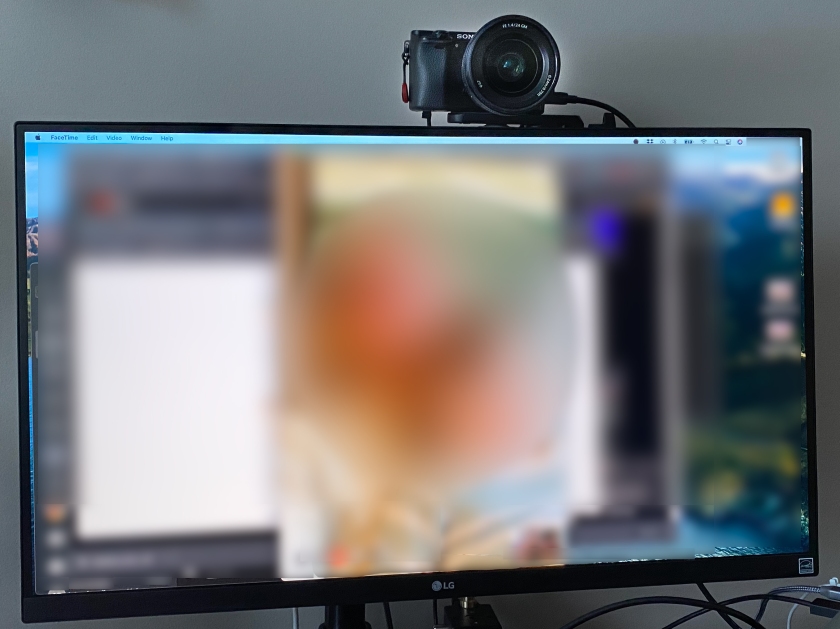
The HDMI capture device and micro-HDMI-to-HDMI cable is are the most critical pieces, and really are all one needs for video streaming with the a6000. For a more optimal setup though, connect to a power supply (so as not to quickly drain battery) and mount the camera behind the screen.
I used the Manfrotto 244 Variable Friction Magic Arm. It is pricey and more than you need, but I’m also using it for other purposes. I’d recommend it if you don’t have a quality magic arm already.
An additional note – you can use the a6000’s internal microphone, but for better audio quality would get an external microphone. I’m currently using my Zoom H1n audio recorder as a mic.
New Roommate

A new roommate. He used to be a foster-cat. Neurotic and nocturnal, but very loving and loads of personality. Welcome Kitty.
Hiking the Grand Canyon
A 6 day winter hike in the Grand Canyon along the Boucher Trail
No doubt, this was a tough year. No doubt, I like many others needed to get outside. I needed sun. Cris and I set off to the Grand Canyon for 5 night backpacking trip on the Boucher > Tonto > Hermit Trails from February 1st to the 6th, 2021. We flew into Las Vegas, made a stop at REI for fuel and some rental gear for Cris, and then drove to Grand Canyon Village, where we stayed two nights prior to setting off on the hike.
Pre-Backpacking: Sunset on the Rim Trail


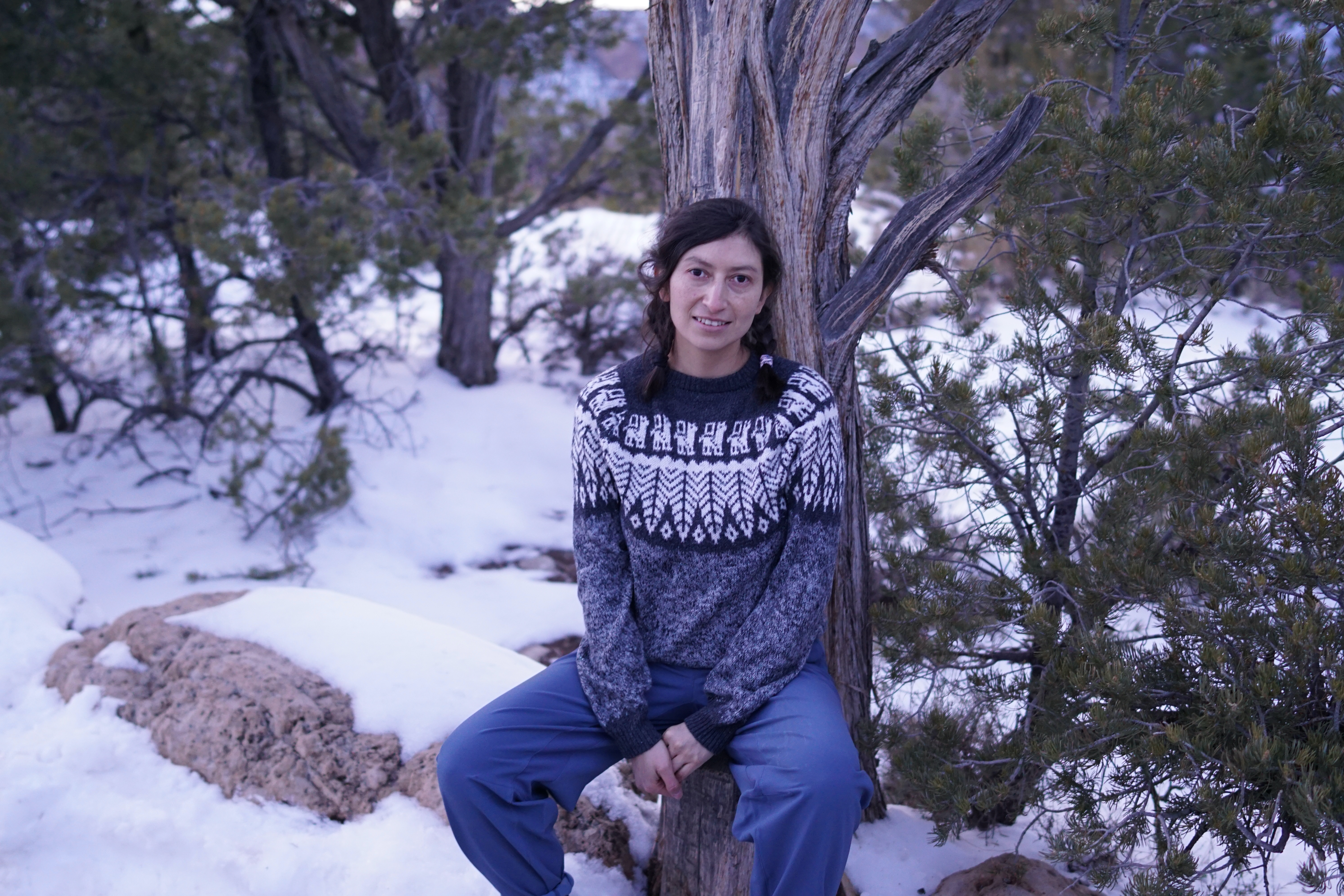

Day 1: Hermits Rest to Yuma Point

We started at Hermits Rest on an overcast, cold day just after 10 a.m. It was icy at the top, making spikes helpful. Once below the Kaibab limestone, we were out of the snow and ice. At the Hermit Shale level, we hiked along the Dripping Springs Trail, and then turned onto the Boucher Trail, traversing below the Eremita Mesa.
Our first night was spent at Yuma Point, which deserves its notoriety for being among the best upper canyon campsites. Fortunately, the “Esplanade water pots” – naturally formed potholes in the Supai Esplanade Sandstone group – were full, and we replenished our water from them. There was a light rain in the evening and overnight, so we put our rain jackets and rain fly to use. The temperatures dipped below freezing overnight – I stayed warm but Cris had to bundle up under her sleeping bag.




Day 2-3: Yuma Point to Boucher Creek with zero-day

We had a slow morning at Yuma Point, taking time to enjoy the view and take some photos. The hike started by rounding Yuma Point to the head of Travertine Canyon, and then quickly transformed to the notorious knee-breaking difficulty that the Boucher Trail is known for. The first descent was through the Supai level toward the red-wall rim of the Travertine Canyon. Losing the trail here cost us a couple hours- we ended up on Cocopa Point with a 500 foot drop between us and the trail (which we couldn’t see at the time).
Finally back on the trail, we descended to the red-wall rim of Travertine, and made our way to the saddle between Cocopa Point and White Butte. It was a quarter past 4 p.m. and we still had another descent through the Redwall Limestone. It was brutal, especially after the effort we’d expended on the prior descent, plus diversion on Cocopa Point. We set up camp just after sunset on the Tonto Trail above Boucher Creek, then took the next day to rest and explore.






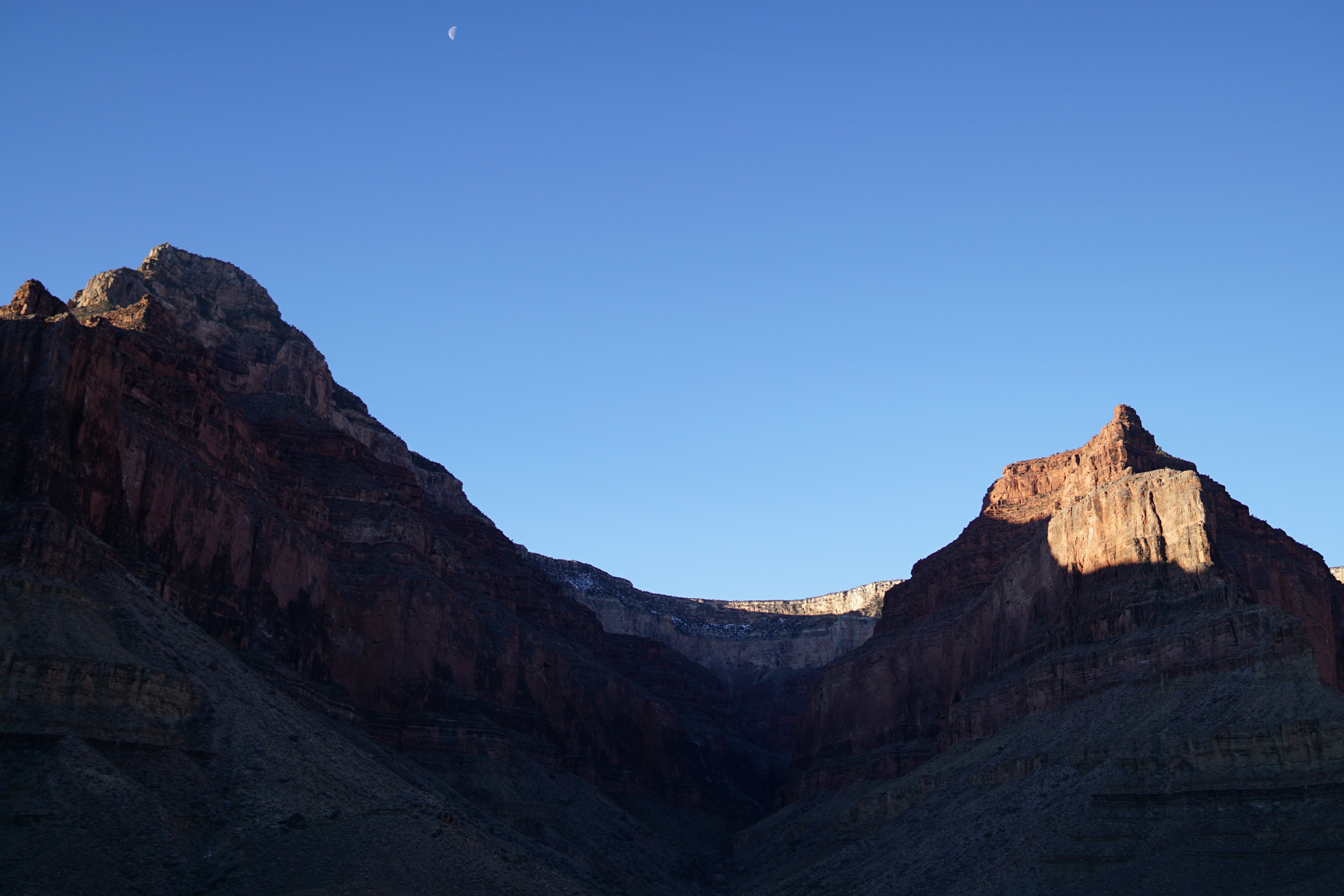
Wind storm
Our zero-day was magical, but strong winds came through as we explored Topaz Canyon. Our evening plans for tea and stargazing were cancelled when we returned to find our tent, hanging yet by one stake, was flapping in the wind. We moved quickly to hold our gear down with rocks as we disassembled the tent and assessed the damage. The rain fly was in shreds, but the tent itself was intact. My new ultralight sleeping pad had been multi-punctured, and – despite my best efforts to patch – would not hold air. Under stars and I over my Crazy Creek chair and Cris’ sweater, we slept close as the wind slowly died down and the moon brightened.
Day 4-5: Boucher Creek to Hermit Creek
Remarkably, Cris and I woke up well rested. Sleeping under the stars sans sleeping pad (Cris still had hers luckily) hadn’t been too bad. With a bright blue sky, we packed up and made our way along the Tonto Trail toward Hermit Creek. It was a stunningly gorgeous day.
We stopped along the Tapeats Sandstone ledge to admire the Colorado River, running bright green. We hiked through the lower portion of Travertine Canyon and then through an East facing portion of the Tonto trail with lots of sun exposure. Under the sun, we were satisfied with our decision to do the Canyon during the cold season.


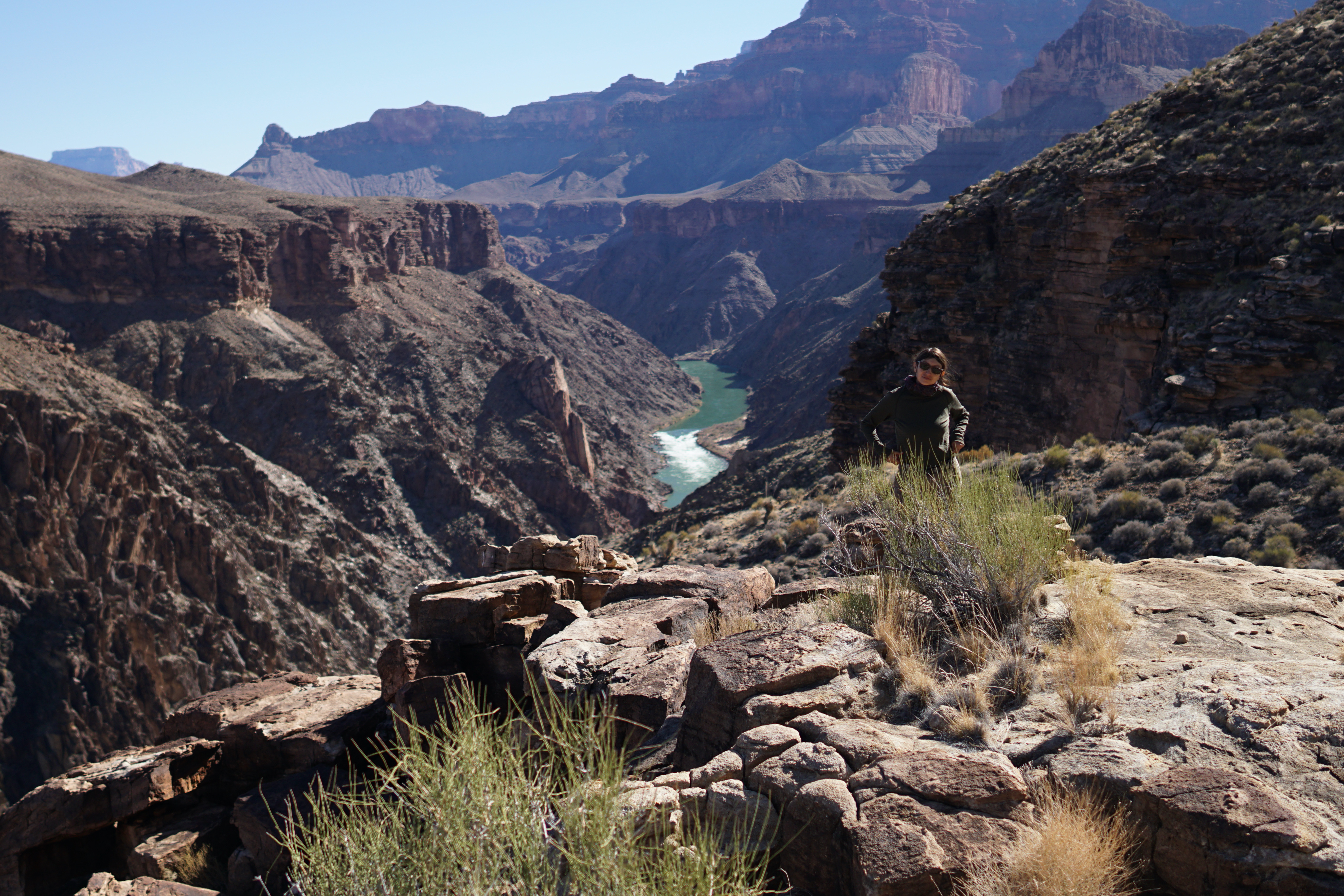

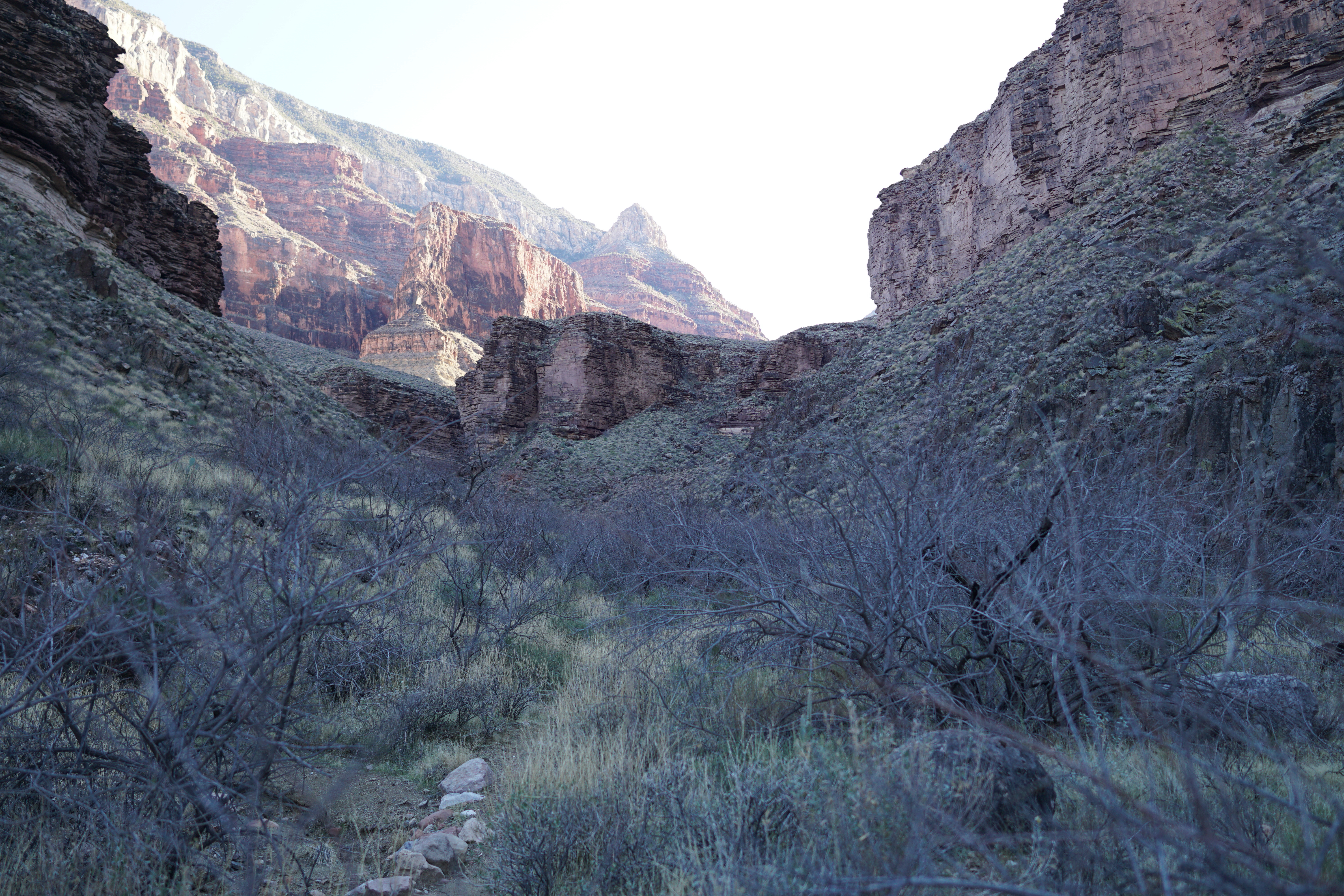
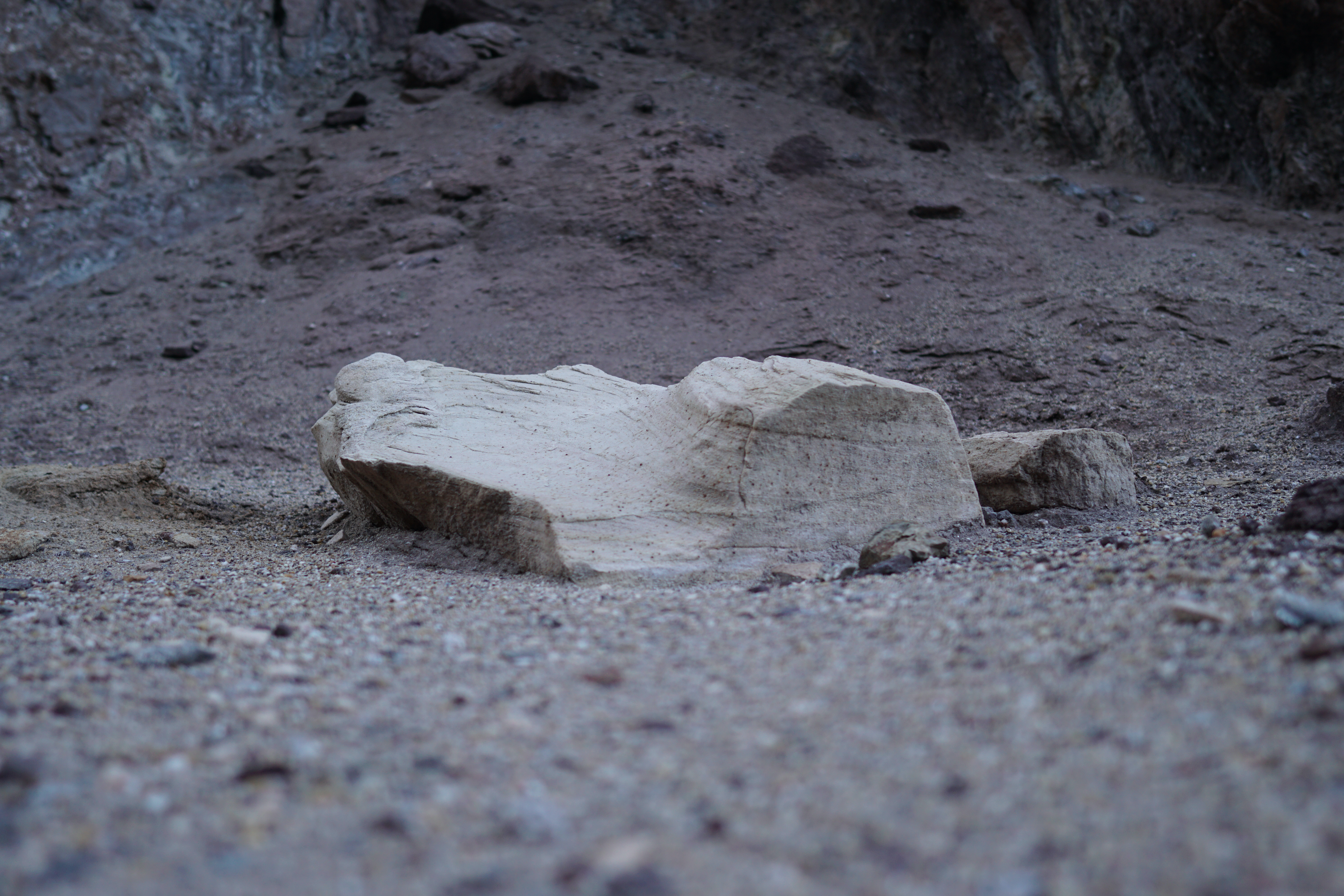

After 5.4 miles we reached Hermit Creek campground. It was plush with multiple campsites and waterless outhouse. I patched up our rainfly (not that we’d need it, but did keep the tent warmer at night) and I made another futile attempt to patch the sleeping pad.
The next day, we walked down the Hermit Creek slot canyon to Hermit Rapids, where we spent most the day discovering cool rocks, laying in sun and shade, and feeling great. We decided to modify our route and stay another night at Hermit Creek, since the next day we would have a grueling 8.2 mile hike up and out of the canyon.
I should note here: I was so impressed with Cris’ endurance and mettle. This was her first backpacking trip, using new and rented equipment. She had just gotten a new bag (Osprey Ariel) which fit her terribly with its unadjustable waist-belt which sat far too low. With those challenges, we needed to make sure she was adequately recovered before making the hike back up to Hermits Rest.
Day 6: Back to Hermits Rest
We woke early for the 4300 foot climb back to Hermits Rest. It was a haul, and I was so glad that I had bought some new lightweight trekking poles for this trip. Interestingly, both of us got some altitude sickness on the way up, manifesting as nausea for Cris and a frontal headache for me. We made sure to make frequent stops until symptoms abated, but -honestly- we probably didn’t drink enough water. I reached the top first to find that the car’s battery had died, but fortunately a fellow hiker (a guy making his way from New York to Sitka, Alaska) had a lithium jump starter.

We celebrated with some greasy fast food and made the drive back to Las Vegas for the next day’s flight back to Minneapolis. This was really one of my favorite trips ever – my first time visiting the Grand Canyon, with an amazing person to share the experience with.
Gallery
Thank you
Planning props to Jennifer Hogan, Backcountry Ranger at Grand Canyon National Park. She was so helpful when I called her from my home in Minneapolis.
To the guy moving from Manhattan to Sitka, AK – thanks for the jump. Hope you’re continuing to have wonderful travels and that you enjoy the move to Alaska.
Reviving the Blog
It would be nice to again have a place to write and share photos. When I started this blog, it was a half-hearted effort. I still don’t know exactly what I want this to be, but I think I’ll just start using it and see what it becomes. I’ll start by posting some recent photos from a trip to the Grand Canyon. I recently bought a new lens for my Sony ILCE-6000, and had fun shooting with that on our 6 day backpacking trip.
– Blair
Ellamar, AK
It had been far too long since I had visited our family cabin in Prince William Sound. Making a quick trip there is often difficult, because it requires that I can catch a flight to Valdez and then get a boat ride out to Ellamar. Last May, the stars aligned – I found a cheap ticket to Anchorage on JetBlue, used miles to fly to Valdez, and rendezvoused with my parents in Valdez for a boat ride to the cabin.

It was a short trip – Friday to Tuesday – but in just 3 days I was really able to unwind and feel the comfort of being home. We shrimped, fished, saw wales, kayaked, and did some hiking. We also sat around the cabin and played cards.

Strawberry Point

Radika and I went to Strawberry Point in February 2015 just after I finished a big medical school exam. We were very fortunate not to get rained on, and in fact we had excellent weather – clear skies, no wind, and starry nights.
We started from Third Beach Trailhead off of La Push Road and hiked for 4.8 miles (map). There were a few moderately difficult sections where we had to scramble up steep slopes, but there are ropes. My advice would be to bring a set of gloves for these roped sections.
Death Valley
4 days in the desert
Over spring break, my wife and I made the drive down to Death Valley. This is one of my parents’ favorite places to visit and I’ve repeatedly heard that we must check it out. Glad we did! We stayed four days and some of the highlights are posted below.
Golden Canyon Trail
This trail is a quick drive south of Furnace Creek and an excellent place to watch the sunset. We had the ridge completely to ourselves.



20 Mule Team Canyon
Just on the other side of the Amargosa Range from the Golden Canyon Trail. It’s a short one-way drive and there are trails that go up the ridges.

Dante’s View
We were en route to Greenwater Valley and stopped off here for the great view of the basin.

Greenwater Valley
The road into Greenwater Valley isn’t too shabby and was an easy drive in the Subaru Forrester. We went back into Gold Valley and hiked through the Willow Springs gorge.






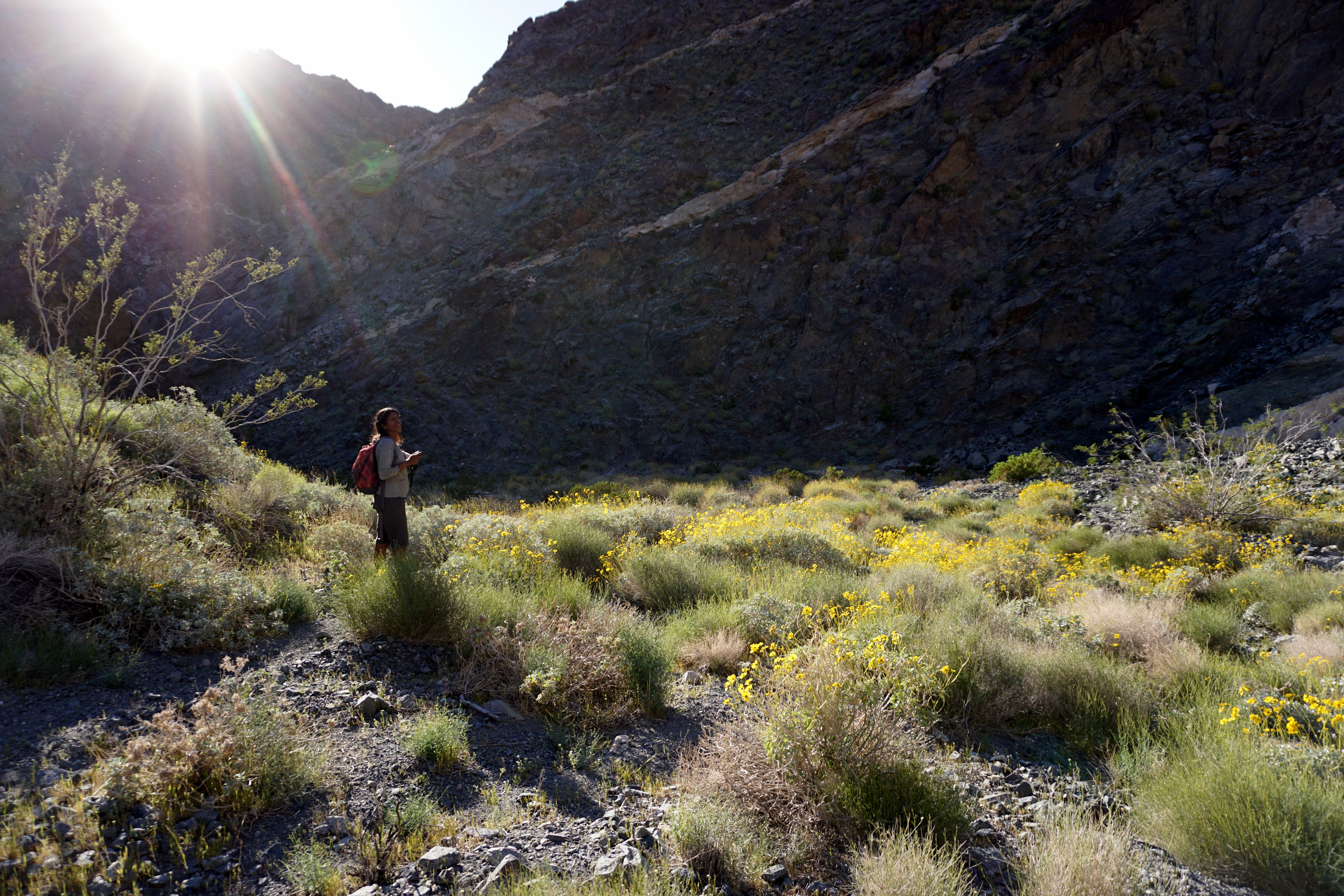
Devil’s Golf Course

Natural Bridge Trail

Queen of Sheba Lead Mine
The road up to this mine is pretty slow, but a nice view in the end.

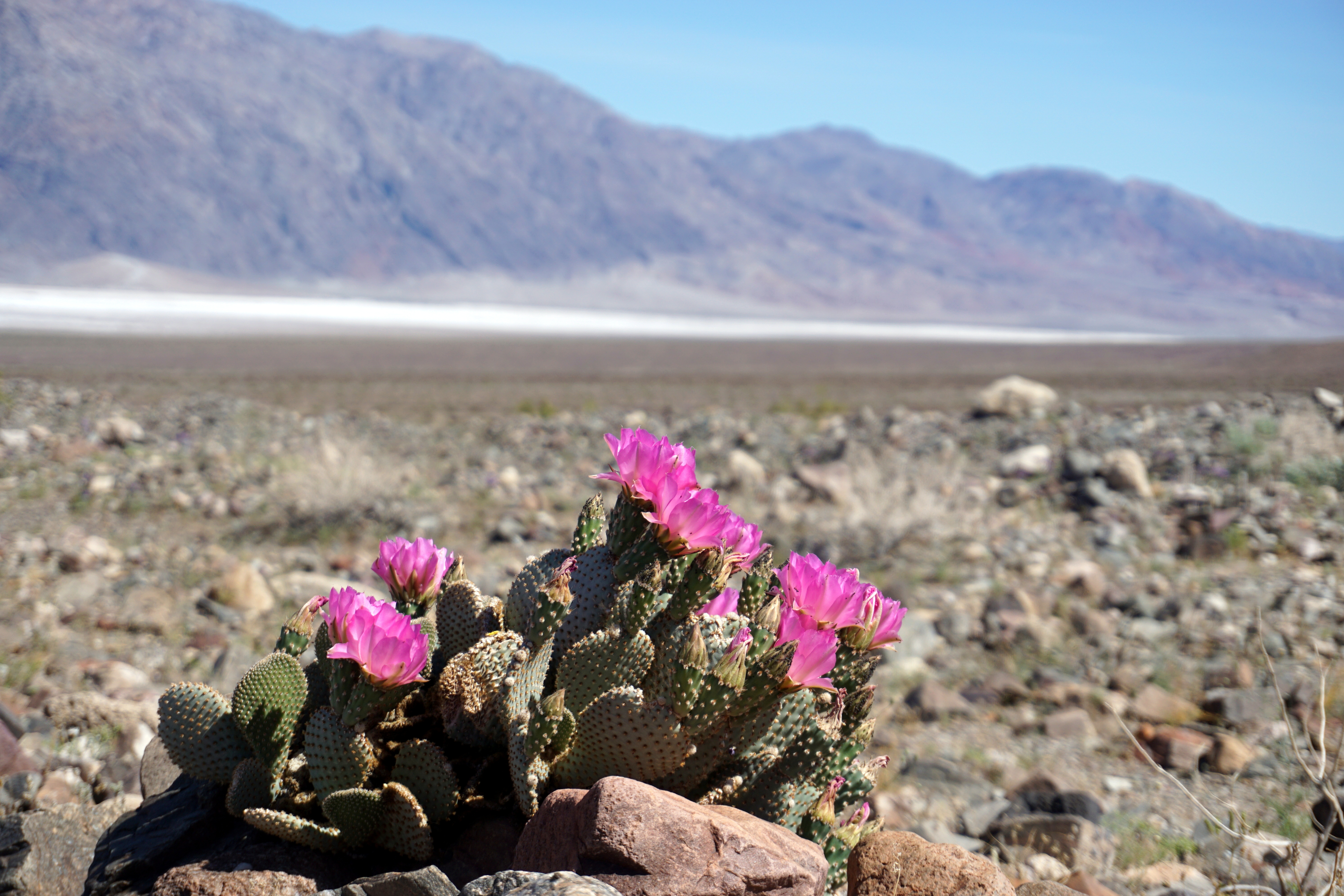
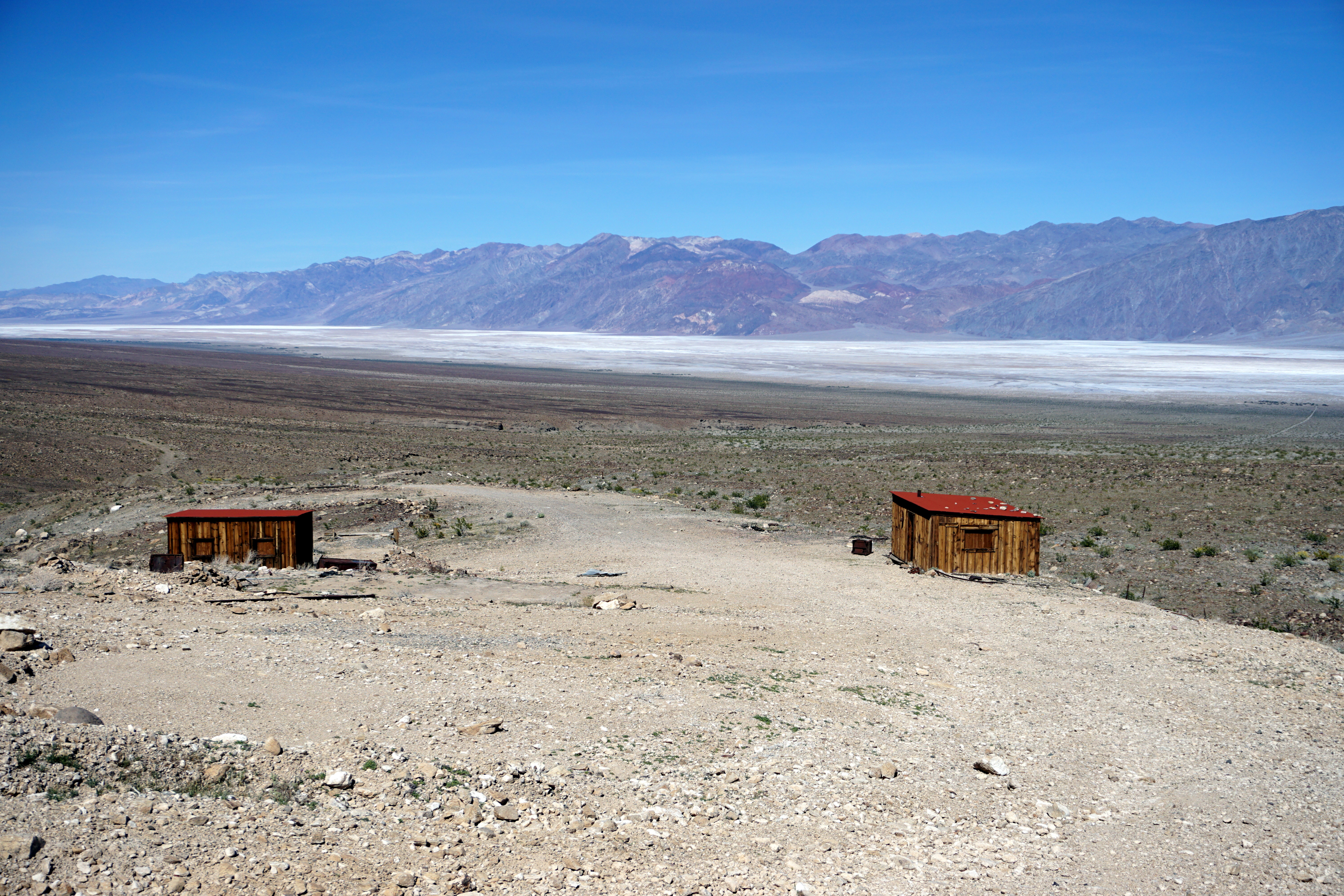
Badwater Basin
Instead of hiking in from Badwater road, we took the West Side road and hiked into the basin from Tule Spring. There wasn’t a single person in sight.
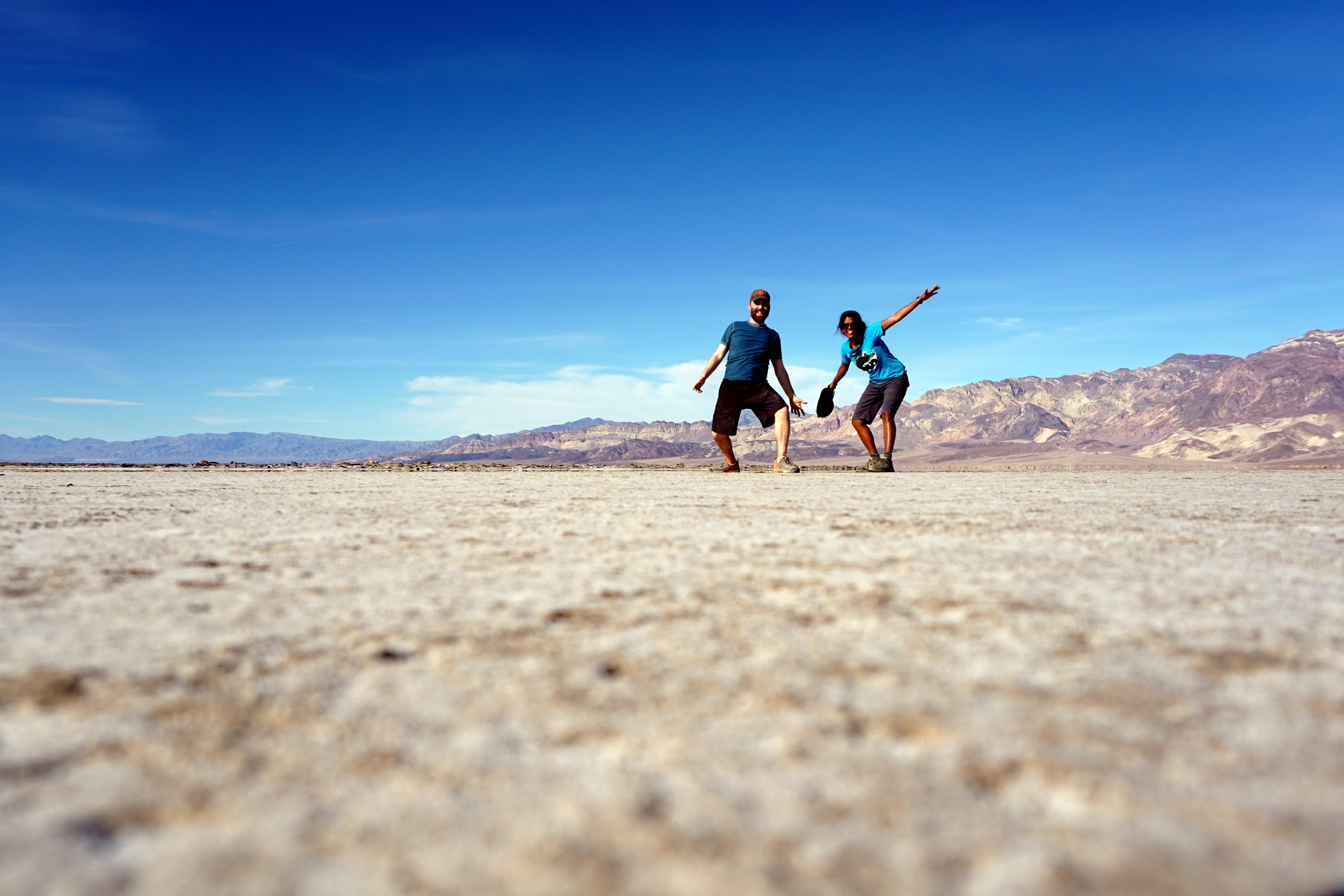

Artist’s Drive
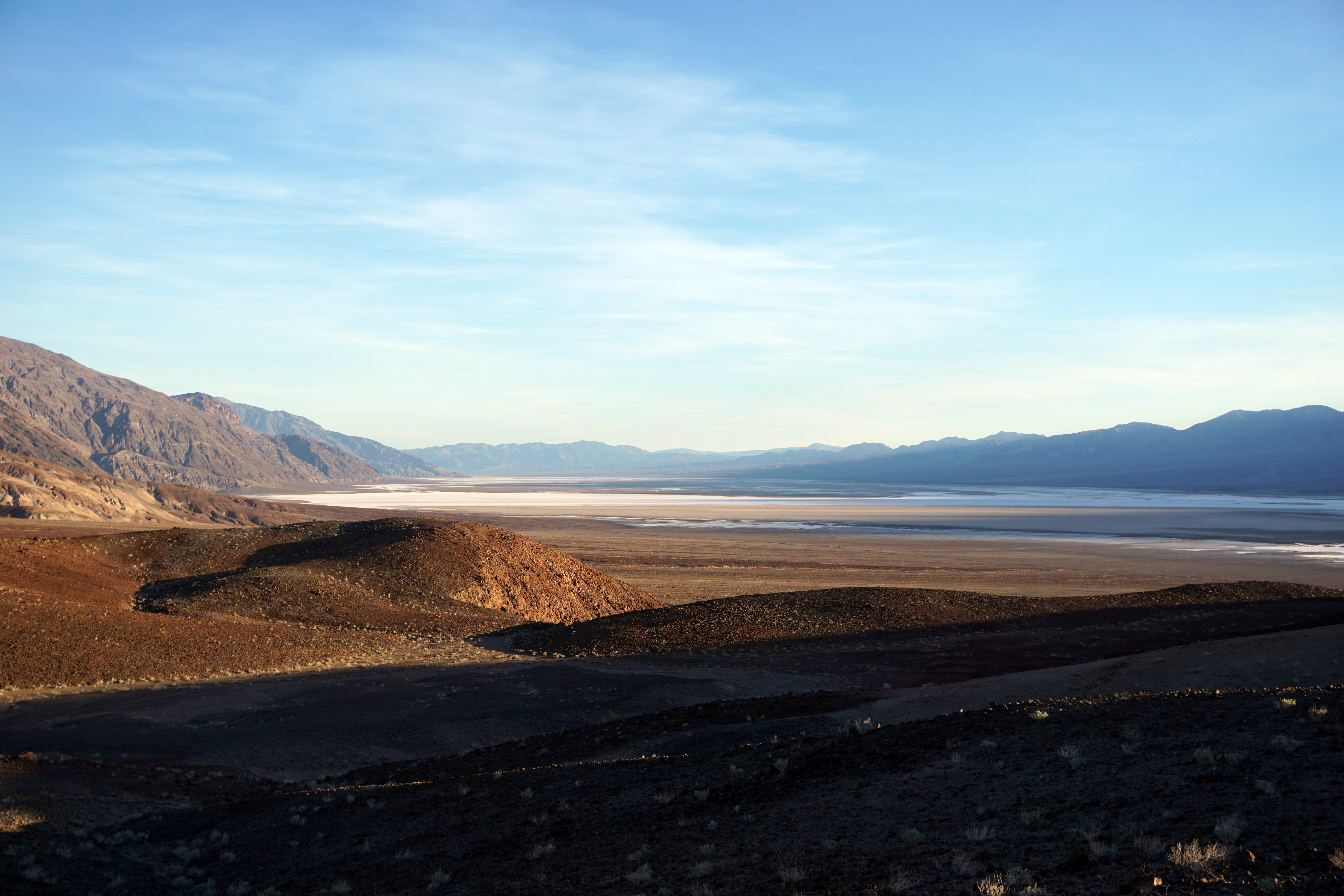
North Side of Death Valley

